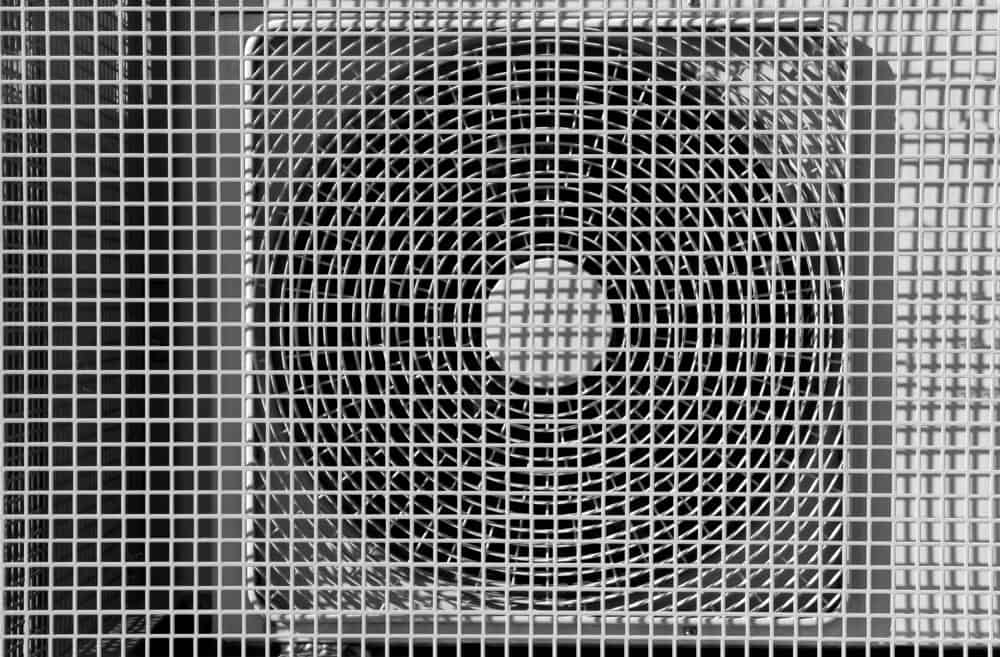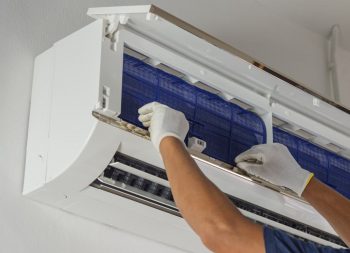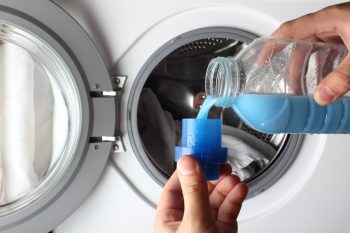
Installing an air conditioning (AC) system is a complex task that requires technical knowledge, precision, and attention to detail. This comprehensive guide will take you through the process of AC installation, explain the importance of professional installation, and highlight common mistakes to avoid.
AC installation involves planning the installation, preparing the area, installing the indoor and outdoor units, setting up ventilation and drainage systems, wiring, startup, commissioning, and clean-up. It is a complex task that should be handled by a professional HVAC technician to ensure the AC system is installed correctly and efficiently, ensuring proper functioning, safety, and efficiency.
Planning the Installation
The first step in AC installation involves assessing your home and determining the best air conditioner for your needs. This process takes into account factors such as the strength of the wall, proper spacing, and installation height. A professional HVAC technician will also consider the size of your home, your cooling needs, and your budget to recommend the most suitable AC system.
Preparing the Area
Once the type and size of the AC unit have been determined, it’s time to prepare the area for installation. This may involve replacing the pad on which the new air conditioner will be set, or clearing the space where the AC unit will be placed. The existing location of the air conditioner may require some prep work to ensure a smooth installation process.
Installing the Indoor and Outdoor Units
The indoor unit of the split AC should be mounted on a strong wall, with proper spacing and at an appropriate height for adequate cooling. The outdoor unit, or the condenser, should be set up on a composite pad, which can last for the AC’s lifetime and absorb vibrations, reducing noise.
Setting up the Ventilation and Drainage
Proper ventilation and drainage are crucial for the efficient operation of your AC unit. For ventilation, portable air conditioners use an exhaust hose connected to a window kit, which allows the hot air to be vented outside. For drainage, a condensate drain line is installed to remove the water produced during the cooling process.
Wiring and Startup
Next, the high- and low-voltage wiring is reconnected, and a new service disconnect box is mounted using the existing power supply from the electrical panel inside the home. Once everything is set up, the system is turned on and run for 15-20 minutes to allow the refrigerant to flow through the system and start the cooling process.
Commissioning and Clean Up
The final steps in the AC installation process involve commissioning the air conditioner to ensure everything is functioning correctly and cleaning up the installation site. The installer will complete a walkthrough with you, going over safety, maintenance, warranty, and any special instructions.
Why Hire a Professional?
While it may be tempting to attempt a DIY installation, doing so can lead to several issues. A professional HVAC technician has the necessary training, experience, and specialization to ensure your AC system is installed correctly and efficiently. They can also help you avoid common mistakes, such as choosing a wrongly sized AC unit, incorrectly positioning the thermostat, or failing to check for refrigerant leaks.
In conclusion, AC installation is a complex process that should be handled by a professional. From planning the installation to setting up the ventilation and drainage, each step requires technical knowledge and precision. By hiring a professional, you can ensure the proper functioning, safety, and efficiency of your AC system.
Frequently Asked Questions
What is an HVAC technician?
HVAC stands for Heating, Ventilation, and Air Conditioning. An HVAC technician is a professional trained in the installation, repair, and maintenance of heating, ventilation, air conditioning, and refrigeration systems.
What is a split AC?
A split AC consists of two parts: an indoor unit and an outdoor unit. The indoor unit, also known as the evaporator, is installed inside the room and absorbs heat from the room. The outdoor unit, also known as the condenser, is placed outside and expels the absorbed heat.
What is a pad in terms of AC installation?
In the context of AC installation, a pad refers to a flat, solid surface where the outdoor unit of the AC is placed. It is typically made of concrete, plastic, or composite material and is designed to support the weight of the unit and withstand weather conditions.
What is a service disconnect box?
A service disconnect box, also known as a disconnect switch or isolator switch, is used to ensure the electrical circuit can be completely deactivated for service or maintenance. In the case of an AC unit, it is used to cut off power to the unit.
What is a condensate drain line?
A condensate drain line is a pipe that removes condensation produced by your air conditioner’s evaporator coil. It plays a crucial role in preventing water damage and maintaining the efficiency of your AC system.
What is commissioning in terms of AC installation?
Commissioning refers to the process of checking all systems and components of an AC unit to ensure they are designed and installed correctly and are functioning at optimum efficiency. It is a crucial step to ensure the long-term reliability of the system.












